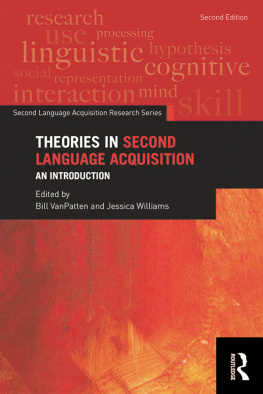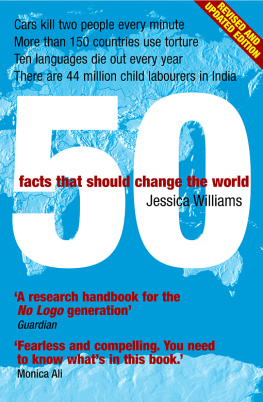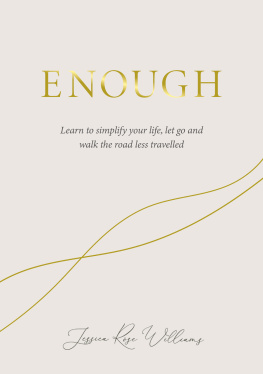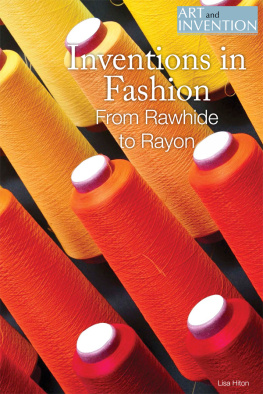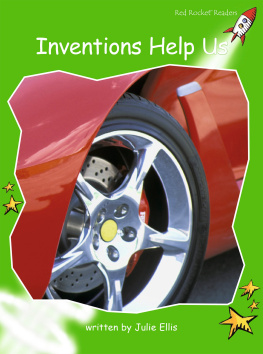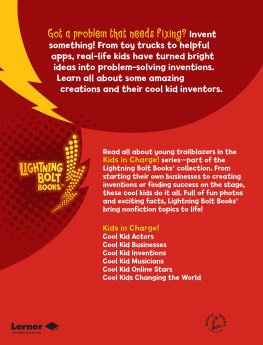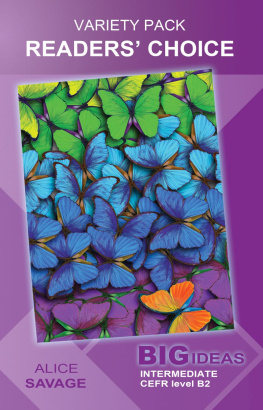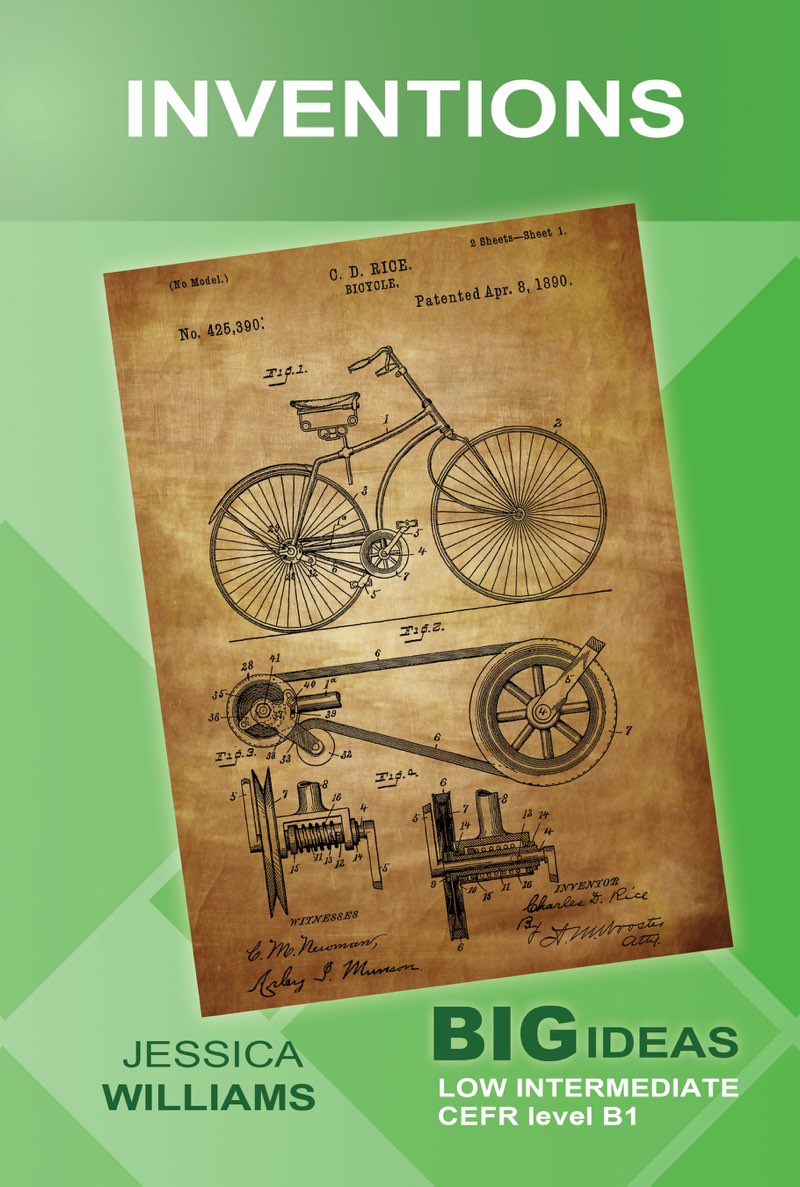All rights reserved.
No part of this book may be reproduced in any form or by any electronic or mechanical means, including information storage and retrieval systems, without written permission from the author, except for the use of brief quotations in a book review.
Introduction
When you read an article or story, you have a conversation. The writer shares information, experiences, and ideas but you, the reader, have your own ideas. When you read, you compare your experience and knowledge with the writers ideas. Then you make decisions. Do you agree with the writer? Can you use the information to be healthier or more successful in your job, for example? Do you feel like the writer understands your life? Or do you learn about someone with a different point of view?
Because reading is a conversation, every reader experiences a text differently. When you read something interesting, you often want to talk about it. You want to share a similar experience, or you may want to argue. Maybe your friend understands the text in a different way. When you listen to your friend, you have a third set of ideas and experiences to compare to your own world view.
Big Ideas is designed to start interesting conversations between readers and writers, but also between readers and other readers. In this book, youll learn about the history of many different inventions. Some of them, like lightbulbs, eyeglasses, and windshield wipers, are probably familiar to you. You probably see them or use them every day. Others may be new to you. Some, like pencils, are very simple; others, like bar codes, are very complicated. And some, like chewing gum, are a bit silly, but a lot of fun, while others, like moveable type and GPS, have changed the way we live. All of these inventions have interesting stories.
While you learn about interesting inventions, Big Ideas is also helping you develop language skills. Because our focus is on providing a positive reading experience, more than 90 percent of the words in this book are among the most common 2000 words in the English language. These are called high-frequency words. High frequency words appear over and over again in speaking and writing.
You might think it will be easy to learn high frequency words, and it is true that many words are easy. Content words such as tree, house, eat, drink, and blue put a picture in your mind. They represent things you can see and name. They often have one meaning, and you can translate them easily.
However, many high frequency words change their meaning when they partner with other words in collocations. Stay is an example. When we say, I stayed home yesterday, then stay has a different meaning from Lets try to stay awake all night or Stay away from the cookies. Im saving them for the party. This flexibility shows that stay does not just have one meaning. It adapts to the words around it.
Fortunately, there is a method to learn the different meanings of collocations: read a lot. When you read, you see words in different combinations, and you learn their meanings. This can happen naturally, but it will happen faster if you pay attention to words in groups. When you notice and highlight or copy word combinations, you can learn the different meanings.
You can also learn the grammar that goes with a vocabulary word. For example, you might see educate as a verb in educate children, education as a noun in a college education, and educational as an adjective in an educational experience. You will also notice that some verbs are usually followed by a preposition, such as talk about or talk to, while others are followed by a noun, as in hear a bird. These grammatical details are hard to hear in spoken English, but they are easy to see in a written text. Check the Supplementary Materials section for a link to tools for developing language awareness in this way.
While vocabulary has a strong relationship with grammar, grammar has a strong relationship with sentences. In order to give you a positive reading experience, we have used easy-to-read sentences. We use grammar from low and intermediate levels, and we reduce synonyms and idioms. Our goal is to keep the big ideas about inventions, but present them in simple language.
The history of food and eating is, in many ways, simply human history. Everybody eats, right? But how often do you think about where foods come from, and why we eat the way we do?
Learning about the history of food can tell us about how people lived and worked in the past. It is also connected to the history of technology. Different ways to grow, save, store, and even pay for food change the way we eat, and they influence what we eat.
These three texts will take you back thousands of years and to all corners of our world.
When you were in school, did your teachers tell you, Dont chew gum in this class!? They probably did. So why do so many people chew gum?
The answer goes back a long time. People started chewing gum more than a thousand years ago. Of course, back then, people did not chew the same kind of gum that we chew today. In the 14th century, the Aztec people of Mexico chewed the sap from a tree called sapodilla. They took the sap from the tree and let it dry until it was hard. Then they cut it into small pieces and chewed it. They called it chicle. The Aztecs chewed chicle when they were hungry or thirsty. After they chewed it for a few minutes, they did not feel as hungry or thirsty anymore.
Today some people still chew gum for the same reason. Perhaps they dont have time to eat, or they are on a diet and dont want to eat. The Aztecs also chewed chicle to make their breath smell better. Many people chew gum today for the same reason.
Then the history of chewing gum took a strange turn. The sap from another tree is used for a completely different product: rubber. In the 19th and early 20th century, rubber was used everywhere in cars, in homes, in hospitals. In the middle of the 19th century, Antonio Lpez de Santa Anna got an idea for making money. Santa Anna was a general in the Mexican army, and later, the president of Mexico. But by 1854, he was no longer president, and he needed to make money. He knew that many people were making a lot of money in the rubber business. The sap from the sapodilla tree and the rubber tree are not very different. Santa Anna chewed


